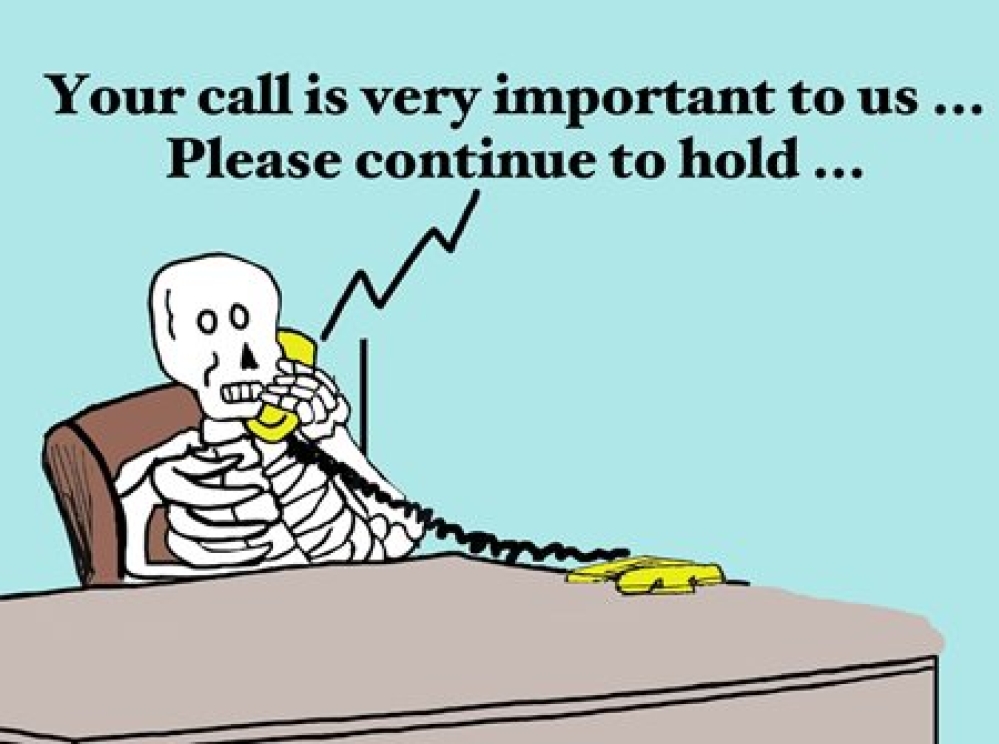Is the art of customer service in decline?
10 May 2023

One thing that is certain is that customers expect a higher level of service than ever before. They now have access to a plethora of resources to research products or services across multiple channels, as well as ample opportunities to read reviews online or ask friends for their opinions. With this heightened awareness comes increased expectations for excellent customer service, be that minute-by-minute delivery updates or 24/7 access to a human agent able to resolve issues.
So, what does “good” look like, and how can we avoid the bad?
What is good customer service?
Good customer service means providing a positive experience for customers at every stage of their journey. This includes having representatives who are knowledgeable about services or products, friendly and able to resolve issues quickly and efficiently. It also means offering customers various options for communication, such as emails, phone calls, text messages, or live chats. Being accessible and responsive when and where customers need is vital, as channel preferences vary from individual to individual and at each stage of the customer journey. Customers may be happy talking to a bot for generic pre-sales information but more comfortable with a real human where complexity is involved. Finally, to maintain service and ideally increase customer retention, requires a well-developed process for capturing and responding to complaints and feedback from customers.
How can customer service go wrong?
On the other hand, bad customer service would be considered any negative experience customers have when dealing with your business. This includes things like rude or unhelpful employees who are not knowledgeable about your products or services; long wait times; lack of options for communication; ineffective processes for handling complaints or feedback; or not responding at all to inquiries from customers.
Sadly, over the past year when customers have needed support more than ever, many brands have failed to meet basic customer service needs. As the energy crisis peaked, Citizen’s Advice reported energy companies’ service standards reaching new lows with call wait times longer than ever and customers unable to reach providers. In a 2022 report based on Trustpilot data, Deliveroo, with 33% negative reviews, was given top spot for poor service, followed by Sky and McDonald’s with 18% and 10% respectively. And currently, the news is awash with stories of poor delivery services, particularly hundreds of unhappy Evri customers whose parcels have gone missing and even been binned.
What can we do today?
Any business looking to achieve high standards of customer service and increase customer engagement must invest in employee training and education programmes. By equipping customer service agents with the right skills and knowledge, companies can ensure that they are providing the best possible service to their customers. Additionally, companies should also strive to make sure that their customer service policies and procedures are up-to-date and reflective of changing trends in technology and customer expectations. Businesses must constantly monitor feedback from customers to identify areas for improvement. Companies should work hard to listen to customer complaints without becoming defensive or dismissive; instead, they should use this feedback as an opportunity for growth. By staying on top of customer needs, companies can continue to surpass expectations and improve customer satisfaction – even in an ever-changing environment.
What’s next for customer service?
The future of customer service lies in being able to meet consumer needs and expectations while still providing quality experiences. Consumers expect quick responses, so businesses need to be able to deliver this while still providing helpful solutions to their problems or enquiries. They also expect more personalised experiences which means businesses need to invest in technology that can analyse data points and real human insight to deepen their understanding of customer needs and expectations.
A key challenge going forward is to find the right balance between automated systems that can streamline processes and increase efficiency and human agents who can provide warm, empathetic customer care at times of stress. As technology has advanced, self-service and automated customer service options have become increasingly popular. These can be great solutions for some customers but when it comes to complex or sensitive issues, human customer service agents are the best option available. Human agents can provide an authentic and truly personal experience, better understand customer needs, and respond appropriately. They also offer customers an opportunity to explain their situation in detail so that the agent can provide reassurance and meaningful help.
Even though customer expectations are increasing at a rapid pace, this shouldn’t have a negative impact on the quality of customer service provided by businesses today (and into the future). With the right attitude towards problem solving as well as integrating automation alongside human agents - companies can still provide excellent experiences for their customers even if it means meeting the higher expectations of consumers.
The ultimate goal of customer service should always be to build a strong and lasting relationship between the business and its customers. This is only possible if companies prioritise communication and create an environment that values feedback from customers. By doing so, they ensure that their customer service efforts not only meet expectations but exceed them – leading to more loyal, satisfied customers and increased customer retention.
Ultimately, it is this level of commitment that will make excellent customer service the standard rather than an exception in today's competitive market.





Please login to comment.
Comments